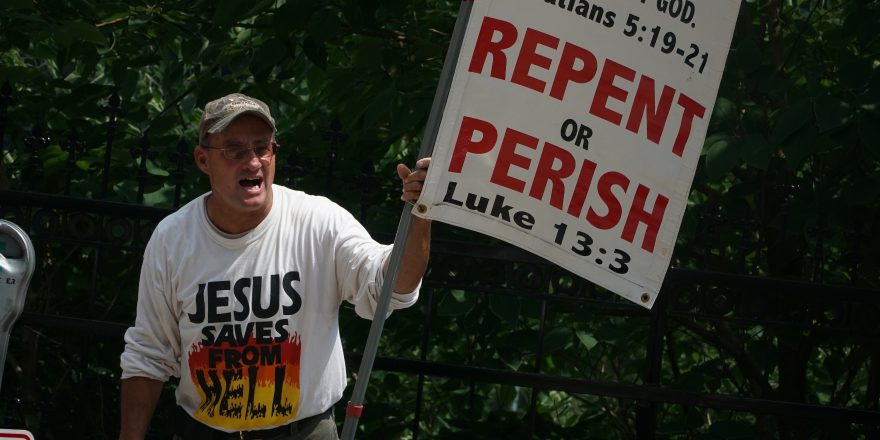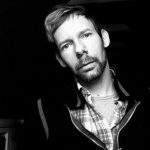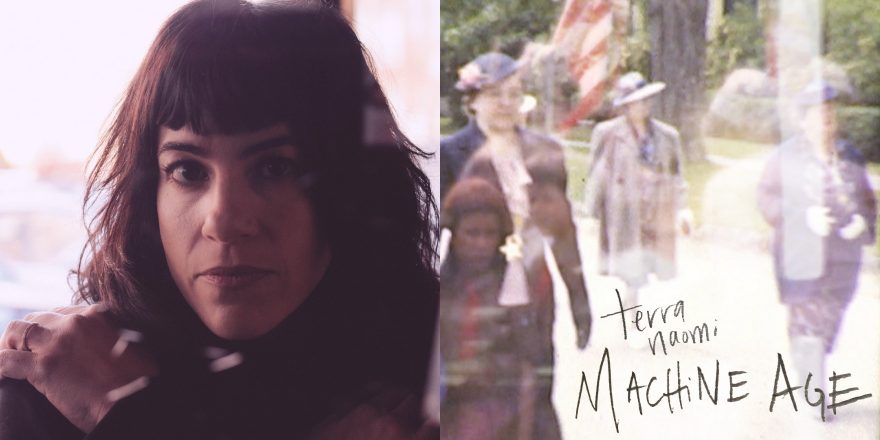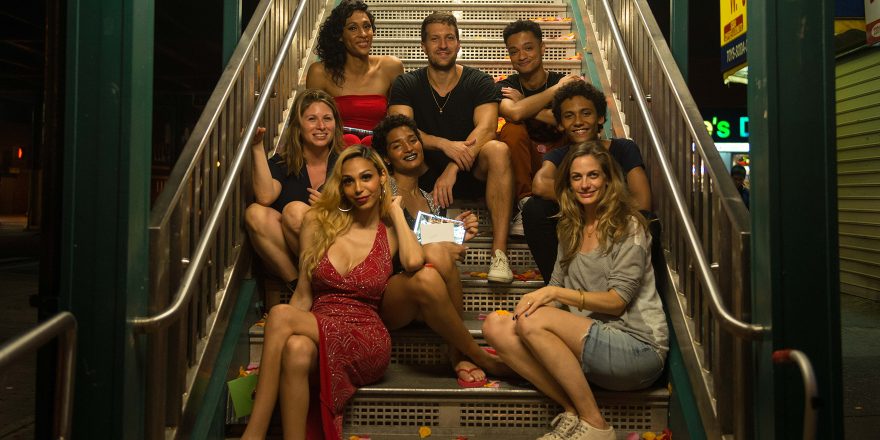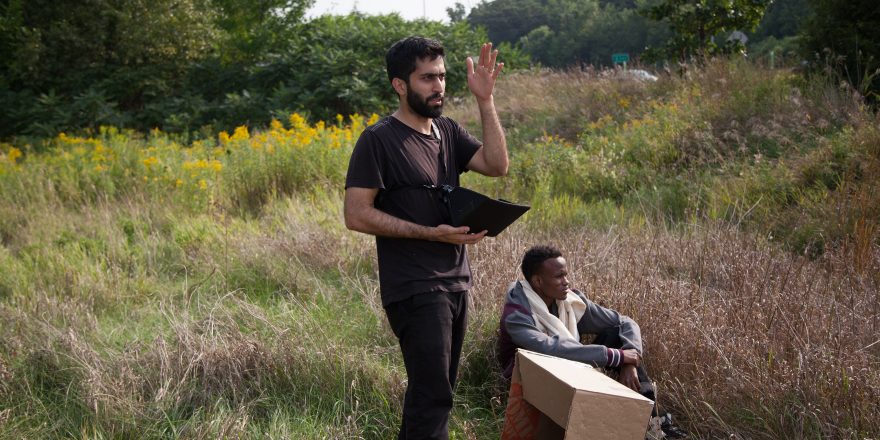This article below was written in 2017 about Peace in the Valley, the short film that became The Gospel of Eureka. It deals with negotiating the difference between our vision of the Eureka community and the community’s vision of itself. These differences were very much on our minds as we went forward with The Gospel of Eureka.
—-//—-
There’s a very powerful, melancholy American narrative that says you can never really go home again, that all the changes wrought upon you by leaving will alienate you when you return. I believe in this story. I relied on it, in fact, when I fled the South as gay-bashed teen. Alienation seemed preferable to being closeted or targeted and facing a future where fear and bitterness might creep over my life the way kudzu overtakes whole portions of the Southern landscape. Words too can be subject to this narrative. They leave their original meaning as they move through time. Once this happens, they can never return to the simplicity of their original uses. Ironically, it was through the image-centric world of cinema that I saw some of the consequences of the narrative and the words I’ve chosen to guide my life and my work.
When I was growing up in the Bible Belt, being “queer” was a secular form of damnation and the taunting and beatings it provoked were a very earthly form of hell. Once away from the South, in late ’80s New York City and early ’90s San Francisco, I found “queer” redefined by the desperate, glamorous miasma of the gay and lesbian underground and AIDS activism. No longer just a word, it was a new sensibility of radical discontent. This “queer” taught me that for the marginalized, satire and recontextualization were ways of resisting, critiquing and celebrating the things that shape who we are and where we come from. Cinema, of course, was a flashpoint for this sensibility. Screenings were more like flickering dreamlike rallies than entertainment. Derek Jarman’s early films, Todd Haynes’ Poison, Jennie Livingston’s Paris is Burning, Barbara Hammer’s Nitrate Kisses, Rob Epstein’s The Times of Harvey Milk, Stephen Frears’ My Beautiful Laundrette – the list goes on and on. These films that B. Ruby Rich’s termed “New Queer Cinema” (and many that came before) reflected our lives, deaths and struggles as we negotiated the angry decade. Years later, I still see so much of queer cinema in the films Mike Palmieri and I make together, not because of their subject matter or even style, but because of that sense of ragged vibrancy we are always attempting to capture.
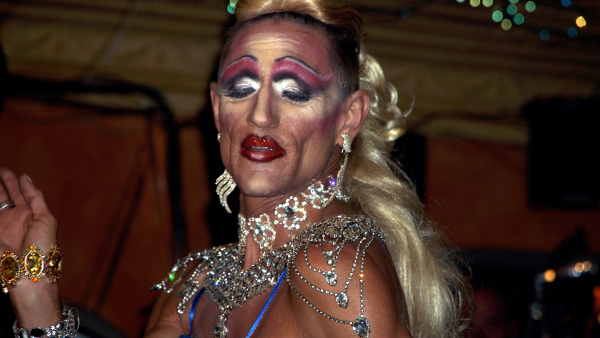
Needless to say, I was very excited when Field of Vision asked Mike and me to make a short film covering a groundbreaking LGBT anti-discrimination ordinance in Eureka Springs, Arkansas. The project seemed like a magical sort of homecoming: returning to the South as a respected filmmaker to join the slow, steady battle for civil rights that was reshaping the region. It was also a chance to document the particularly Southern capacity to go about daily life amidst astounding contradictions. Eureka, for example, is an LGBT haven and vacation town as well as the home of the Great Passion Play – a Christian tourist site complete with a 65-foot statue of Jesus and the largest outdoor performance of the crucifixion in America. In Eureka, I see the South that was and the South that now is, drawn together by the wallets of visitors. The town’s overlapping of secular camp and sacred reverence hits my soul like Dolly Parton singing a hymn. To my mind that’s as queer – Southern queer – as it gets.
It was Eureka’s vital spirit as much as its politics that we wanted to capture. To do so, we set the drama of the town’s vote on the ordinance and a celebratory drag show against the backdrop of a performance of the Passion Play, drawing parallels whenever possible. The result was Peace in the Valley, and Mike and I are very happy that our little film has received consistently positive feedback from festival audiences and online viewers.
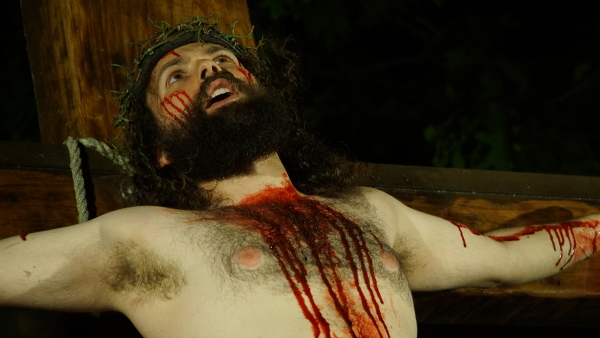
Eureka residents had a very different reaction, however, when we showed the film at the town’s Auditorium. For many LGBT Eureka viewers, our gently comic portrayal of the Passion Play was read as sympathy for the Christians who were opposing the anti-discrimination ordinance. Some saw our juxtaposition of the onstage Jesus ascending and drag queens leaping, twirling and taking money not as a campy comparison but rather as a divisive use of Christian imagery in which Jesus rising in air – white satin gleaming in the clean, clear spotlight – was considered reverent while the red-lit drag bar was a hellish image of Sodom and Gomorrah. Complaints against the film multiplied. We hadn’t shown the normal daily lives of people in Eureka. We hadn’t shown the hateful rhetoric used by the right against them … It seemed we’d failed them on all fronts. There we were on the stage, taken aback. There they were, angry and baffled in the seats. As the gap stretched out farther by the minute, I realized that what separated us was a product of the “you never can go home again” narrative. I’d left the South as a queer, returned as a “queer” artist, and had assumed that an LGBT audience would validate the “queer” reflection of their lives that our film created. What we hadn’t taken into account was that, like the meanings of queer, the choice of narratives for LGBT folks has changed and expanded over time. Our presumption was arrogant in a region that bears the brunt of Christian and conservative oppression in ways that are vastly different from the urban environment that shapes and informs the work that Mike and I create.
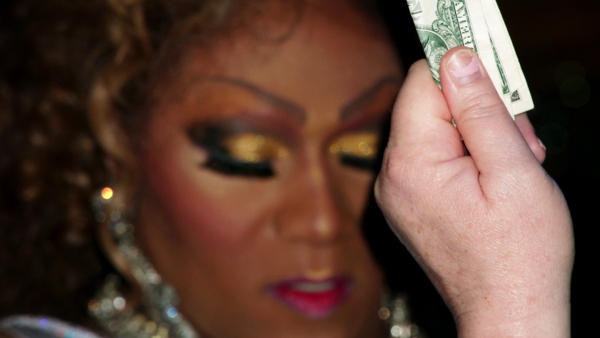
This isn’t to say I would change Peace in the Valley or shift the sensibility of any project to meet the needs of its subjects. What it means is that in the future I will do my best to not assume my subjects share my vision, and that I will engage with them about the difference between the stories I make from their lives and the stories they wish to be told about themselves.
As for the Eureka audience, all I could say was, “I know this film did not meet your needs, but I ask you to consider that I was also beaten down by bigots, by religion, by the old rotten systems that the South and this whole country perpetuate. Given that, I choose to document the side of queer life that resists, exaggerates and complicates the things that oppress us. I’m sincerely sorry we did not make the film you desire and deserve, but I stand by my approach. All I can do is urge you to pick up a camera to make the film you need the world to see.”
—-//—-
Happily, I can say that Southern audiences and Eureka community members who have viewed the longer film no longer seem to feel the same tensions. Oddly enough, we made the same representational choices. In fact, we exaggerated them. By my standards, The Gospel of Eureka is a much more Queer film than Peace in the Valley. The suddenly receptive reaction by the same audience might simply come down to this: in films about faith, the devil is certainly in the details and the longer version of the film has space to fill in the details of identity, faith, and domestic love and loss – those details that are both queer and common. 


